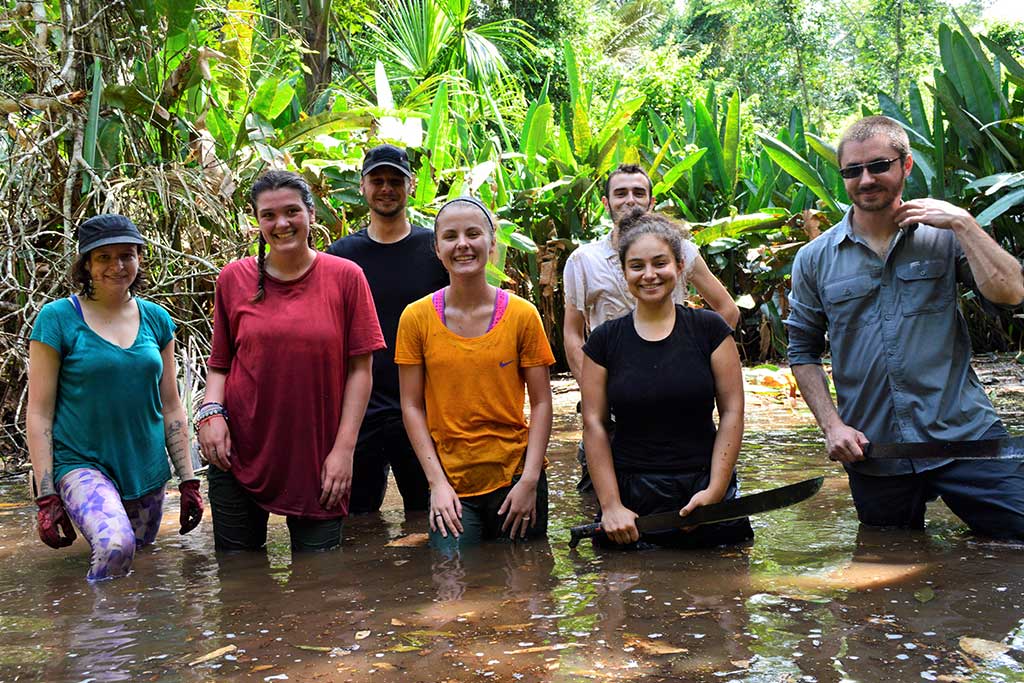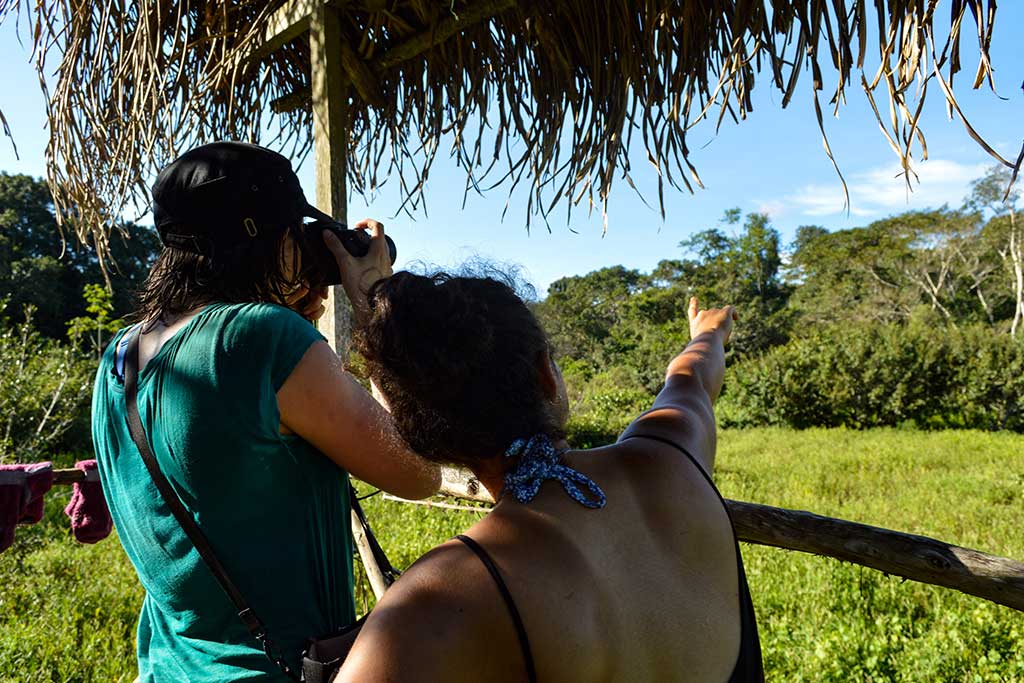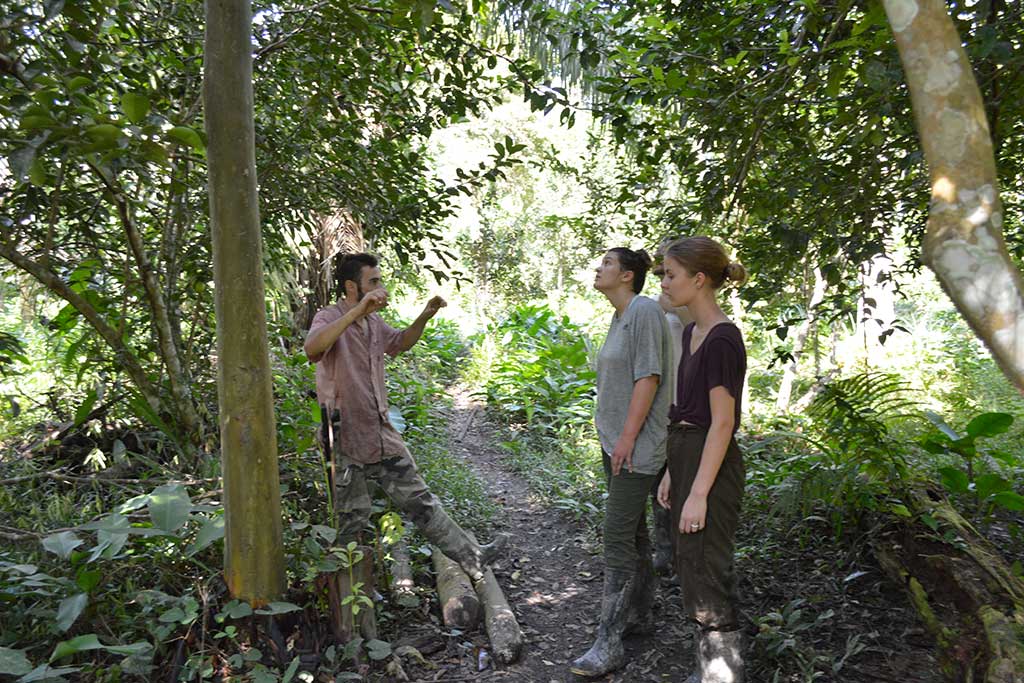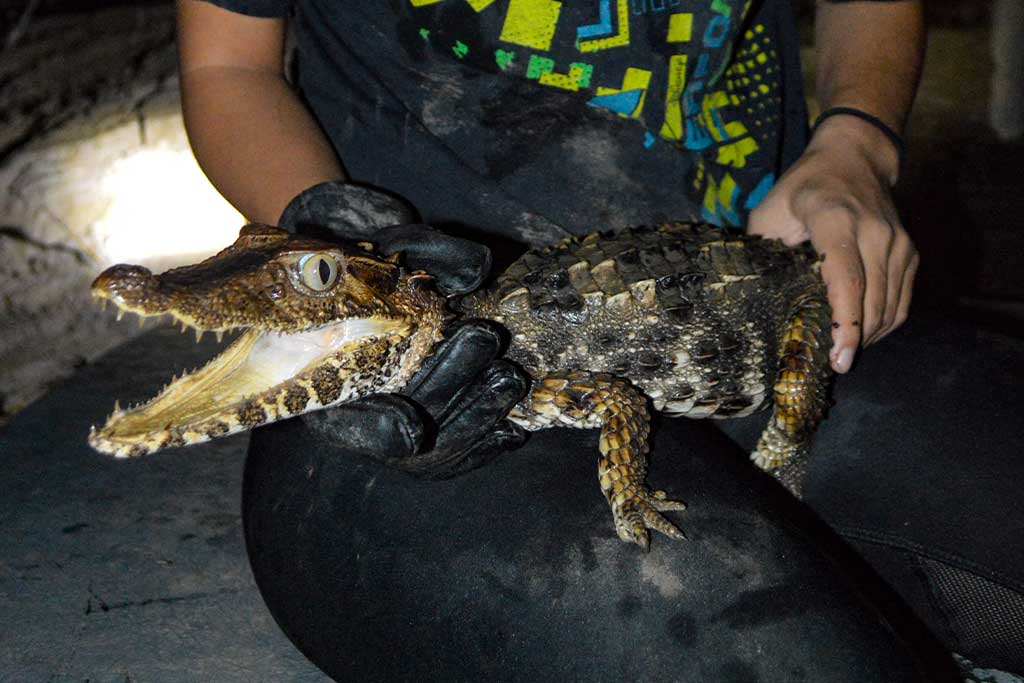Deforestation is not solely a problem for highly populated countries like China and the US. During my undergraduate work, I did a GIS mapping project exploring biodiversity and conservation around the globe. I was particularly intrigued by lesser-known regions of the Amazon and decided that I wanted to be part of reforestation efforts in person.
So, the summer before beginning a graduate program in Biology, I headed to the Peruvian Amazon to really experience what I’d been researching. I found Máximo Nivel’s jungle conservation program online, and their staff arranged my transportation and accommodation—as remote as it was.
I was off the grid for about two months. It was really inspiring to play a more practical role in what I’d been writing about on the page. I got to become a small part of the solution to our planet’s mounting environmental crisis. As an aspiring biologist, I was also honored to work with local professionals in my field.

Deforestation is a continuing issue in Peru and is often difficult to monitor due to the country’s infrastructure. However, responding apathetically to the conservation of any country’s natural resources could one day affect every country.
Nationalistic agendas aside, environmental concerns draw us together as a global community more than any other problem. Coming from a country where our president recently denounced climate change, I know that not everyone agrees on the steps we should be taking. But conservation and reforestation projects have the potential to make an international impact.
The Amazon plays a vital role in Earth’s respiratory system. The oxygen produced by the rainforest could play an instrumental role in the fate of our planet. So, intervening now with sustainable solutions will not only influence locals now, but it will continue to benefit future generations around the world.

The Peruvian Amazon is a distinct and sprawling ecosystem, responsible for supporting a myriad of lifeforms. By protecting native plant species, we were also shaping the lives of the animals and people who call the Amazon their home. However, conservation projects are sometimes difficult to sustain when they interfere with the needs of the local community.
Though much of the deforestation in the Amazon has been the result of commercial logging, the people who live there also remove trees to meet agricultural demands. There is a balance, which the biologists on the project have tried to respect, between saving the natural ecosystem and recognizing the community’s need for expanded farmland.
I was pleased to work alongside rather than against the native population, building long-lasting solutions. Part of my volunteer work for the conservation program included assisting with local education initiatives. Raising awareness about climate change and erosion is important for the success of jungle reforestation.

And while I was educating the community about environmental issues, I was also learning a lot about the habitat I wished to preserve. My supervisors taught me how to identify and protect native plants but uproot invasive species. For reforestation to be effective, it is important to remove non-native plants so that the indigenous species can flourish.
Though it is the start of a slow process, getting down in the soil and actually planting trees made me feel more connected to my discipline. The damage humans have caused to natural ecosystems cannot be reversed overnight, but planting trees, shrubs and orchids in the Amazon was making a tangible impact. At the end of each day, I could see the product of our work.
Although reforestation was our priority, we also spent a few days doing trail maintenance and conducting organic farming workshops with the local community. I am particularly called to environmental volunteer work because it seeks to mend root causes rather than addressing problems on a surface level.
The trees I planted during my months in Peru will continue to grow in my absence. And hopefully, Peruvian scientists will keep implementing sustainable practices each day alongside the local indigenous communities. Reforestation projects aren’t only putting a band-aid on climate change; they’re aimed at the future.

It was revitalizing to trade desk work and library stacks for the Amazon Jungle. An area of the world I had only encountered in textbooks before, the Amazon is truly a biologist’s dream. It breathes life, vitality, and biodiversity. I felt so alive to wake up every day in its midst.
Not only was I given the opportunity to volunteer in another country, but environmental conservation is also truly international in its influence. To preserve our environment is to protect the future of the world we all live in. The interconnected nature of humanity’s habitats has given me a sense of perspective.
I was one small voice, engulfed by an immense ecological community. And yet, the work I was doing is also of fundamental importance. As I was transforming the landscape around me tree by tree, I was also transforming the future of our planet and myself.
